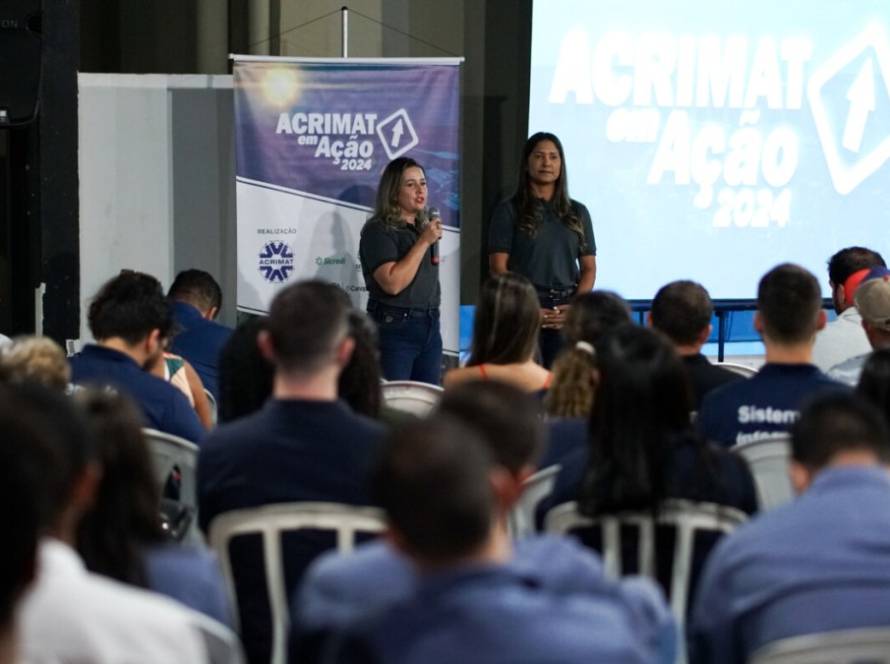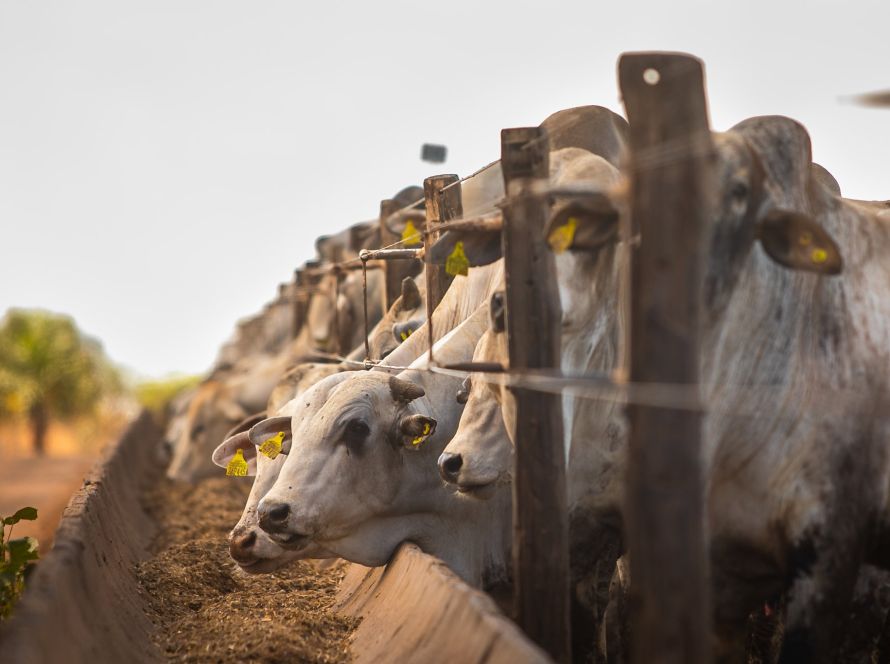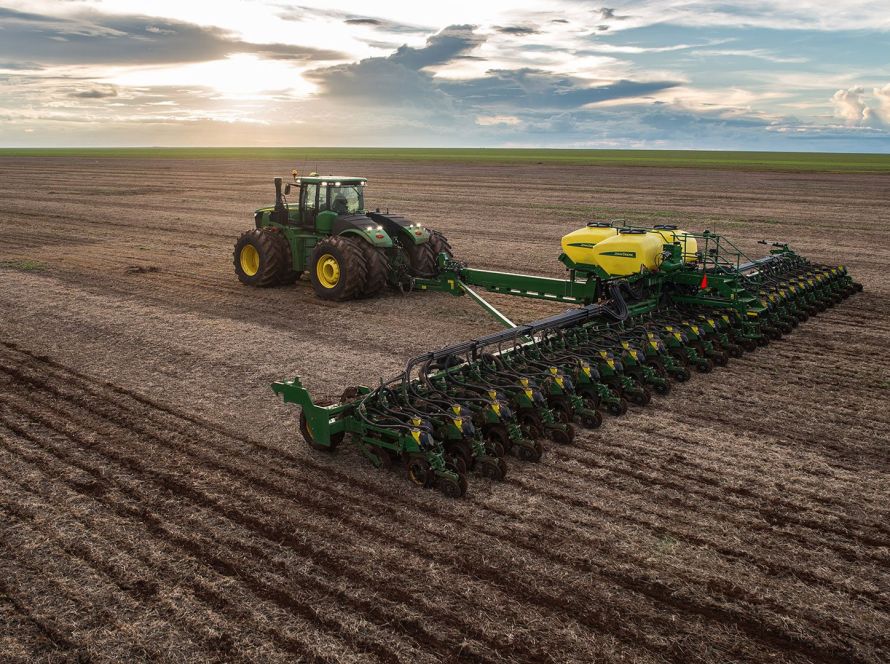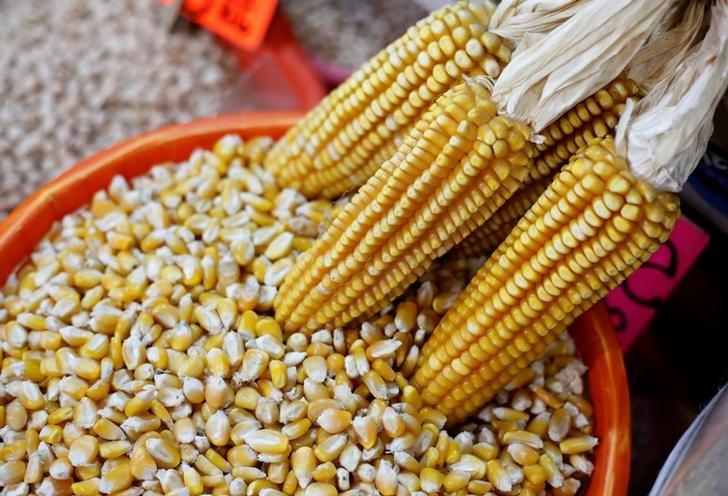Fish production in Mato Grosso do Sul is experiencing a period of strong expansion, driven especially by the growth of tilapia farming. In 2024, the state reached the mark of 40,500 tons of fish, an increase of 18.77% compared to the previous year, consolidating its position as one of the national leaders in the sector. Tilapia accounted for 38,400 tons of this total, while native fish, such as pacu and pintado, totaled only 2,000 tons. Other species, such as carp, trout and panga, accounted for 100 tons.

According to a survey by the Brazilian Fish Farming Association (Peixe BR), this progress is the result of the growing professionalization of the production chain, with local companies expanding their production scale and adapting to the market's demands for quality and sustainability. The modernization of farming systems, including the use of excavated ponds, net cages and improvements in management, also contributed significantly to this growth. The state currently has 3,324 hectares of land dedicated to fish farming, distributed across 10,305 ponds and 2,456 net cages.
One of the milestones of this development is the significant leap forward that Mato Grosso do Sul has made in the national ranking of tilapia production: in just a few years, the state has climbed 15 positions, gaining prominence in the Brazilian scenario. Tilapia from Mato Grosso do Sul, mainly in the form of fresh and frozen fillets, is already beginning to conquer demanding markets such as the United States and Canada, which could represent a turning point for the region's economy.
Largest producing municipalities
Municipalities such as Selvíria, Itaporã and Aparecida do Taboado lead production, followed by Dourados, Mundo Novo, Deodápolis, Paranaíba, Sidrolândia, Ponta Porã and Brasilândia, according to preliminary data from the IBGE Municipal Livestock Survey. These locations have benefited from incentive programs and attracted investors interested in the sector's potential.
 Despite the optimism surrounding tilapia and the prospect of expansion by 2025, the sector faces challenges that require immediate attention. The decline in native fish production is a concern for technicians and producers, as it compromises the diversity of local fish farming – a characteristic that has always been considered a competitive advantage for the state. Maintaining this variety is essential not only from an ecological point of view, but also from an economic one, as it expands market opportunities and reduces dependence on a single species.
Despite the optimism surrounding tilapia and the prospect of expansion by 2025, the sector faces challenges that require immediate attention. The decline in native fish production is a concern for technicians and producers, as it compromises the diversity of local fish farming – a characteristic that has always been considered a competitive advantage for the state. Maintaining this variety is essential not only from an ecological point of view, but also from an economic one, as it expands market opportunities and reduces dependence on a single species.
The future of fish farming in Mato Grosso do Sul depends on the ability to balance growth with sustainability. This involves fostering both intensive tilapia production and policies that encourage the breeding of native species, ensuring that the sector’s growth does not come at the expense of its characteristic biodiversity.








